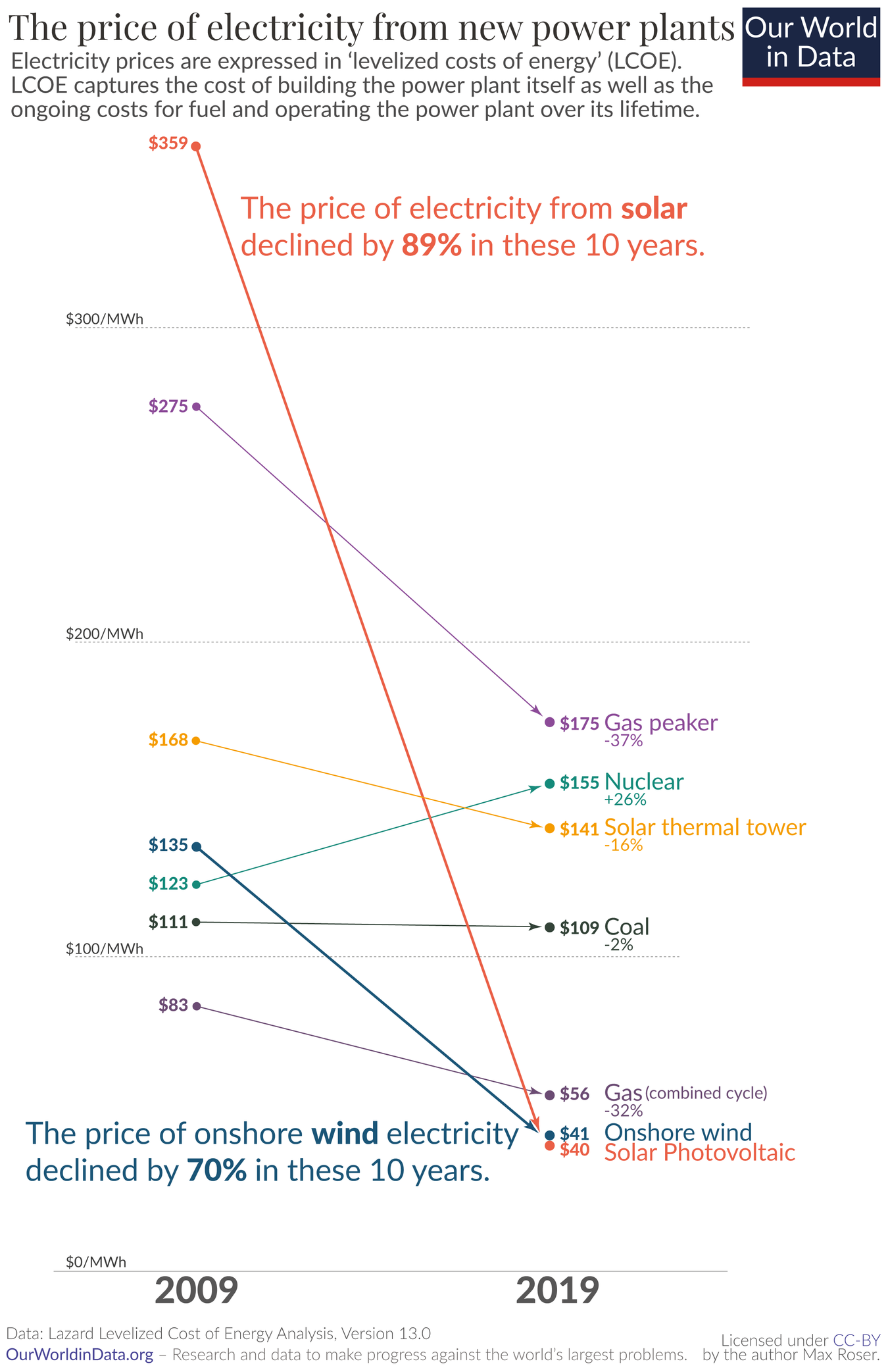I really like the concept of the book review in the context of the social sciences. Academics read books published by each other, and then write reviews for everyone to read. Writing down your analysis of a book is beneficial for your comprehension and memory as a researcher. Other scholars learn other criticisms of a text they may not have previously identified. The author of the book gains valuable feedback they can incorporate into future works. Everyone benefits.
In a class I am taking this semester, we are tasked with reading a book almost every week, and submitting a 500-1000 word "memo" with strengths we drew from the text along with criticism. This memo serves as a proto-review, allowing us, a group of fourteen undergrads, to pretend as if we were sophisticated social science researchers. It's fun!
We recently read a book called Walk the Walk: How Three Police Chiefs Defied the Odds and Changed Cop Culture by Neil Gross, a sociologist at Colby College. I've included an abridged version of the memo I turned in below.
Neil Gross’ book profiles three police chiefs in three different cities. He opens with an anecdote of an officer who chases a car down a dark street, causing an almost-deadly standoff with a young Black man after the cop repeatedly escalates. The situation is diffused when a parent comes out of the house. He turns this story into an embarrassing personal anecdote, explaining that he's a cop too, and that’s why he’s researching this. His chiefs are admirable — Eric Jones of Stockton, CA, wholeheartedly embraces the ideas of procedural justice, the idea that we need to give the members of his community a voice in policing [insert footnote on procedural justice]. Mike Butler of Longmont, CO, came to deeply believe in restorative justice — where with the consent of the victim, the perpetrators can apologize and make up for their misdeeds. Ex-military Lou Dekmar of LaGrange, GA comes to the department to clean up shop — he hates messily run departments, and tries to make the police department more effective with shockingly high levels of racial sensitivity.
The ultimate point of the book is that the culture of police departments is a major determinant in their effectiveness and in policing bias, and that the frame police view themselves in affects how they carry out their jobs. Some police have an adversarial approach to their job, while others may come to view themselves as defenders of democracy (pg. 139). Gross also tries to make it clear that change starts from the top of the organizational hierarchy. This may be the fault of the book, despite having a strong point. If the leader of the police organization does not direct the organization towards a more sensitive and community-oriented form of policing, it is unlikely that the department will shift on its own.
A deeper thread underlying the book is that despite the reform he identifies being incremental, it is still important. He does not explicitly state this until the end of the book (pg. 223), but he justifies the slow pace of reform as a derivative of a "utilitarian calculus." Their pacing, Gross argues, is crucial for maintaining progress.
Gross' book probably qualifies as an "airport book," despite being written by an academic and including ostensibly researched claims. He could have strengthened his claims by interweaving data to demonstrate that departments improved. He mentions some statistics, like the homicide closure rate in LaGrange, but they do not explicitly bolster his arguments. The ability of leaders in an organization to create change and be effective is a well documented phenomenon, and often expounded upon in classes at the business school. Look at Microsoft — Satya Nadella brought slow-moving Microsoft from the brink of irrelevancy into a rapidly-growing and hyper-competitive business. Police departments are ultimately not so dissimilar from corporations. Managerial malaise is guaranteed to spread to the rank-and-file, and highly inspired leaders can propel lethargic organizations to unexpected success.
The book’s weaknesses stem from Gross’ deep-rooted belief that cops are good. He approaches the entire book from a pro-cop stance, and tries to make the cops in his book look good. This isn’t necessarily a bad thing — there is no shortage of criticism directed towards the police, but Gross seems particularly invested in views towards the police. Gross chooses to focus on what makes good departments good, instead of what makes bad departments bad. An approach from both sides might be useful.
The weaknesses extend into Gross’ provided policy analysis. Rosa Brooks, a legal scholar, wrote that Gross over-relies on the “Good Police Chief as deus ex machina.” I found this in my search for a term to describe the hero complex that Gross gives the chiefs in his book. Gross himself points the failure point of his idea — chiefs may neglect to nurture successors (pg. 224-225), and as a result their positive legacy ends at their retirement. To expect that all 18,000 American police departments will find a chief who is either enlightened (Jones), spiritually awakened (Butler), or internationally traveled in military service (Dekmar) is unrealistic.
Gross does not delve into any policy proposal that may bring this to a state-wide or national scale. How can we export the model of any of these chiefs to other police departments? In 2015, the Obama administration released The President's Task Force on 21st Century Policing. Higher education is one of the six strategies listed — Gross simply glides over the fact that his three chiefs are college-educated. He ignores large police departments, with 300-thousand-person Stockton being the largest in his book. Unions are hardly touched on. He brings them in while discussing Jones’ positive union relations. The other time is when he explains that police union pre-emption in Georgia is precisely why Dekmar was able to clean up shop in LaGrange (pg. 179).
The government has a tool to force police departments into order, the consent decree. But “big government” shows of force are unlikely to create a more positive police culture.
Barring any major societal shifts, completely abolishing or “re-imagining” police is unlikely, both politically and practically. Changing cop culture may require changing the culture around cops. Gross buries this, but his positive portrayals of Edna, Robbie, and Drake show that we need more cops who care. We need less cops who sign up for the power trip of a gun and badge, and more police who see their role as integral to the democratic fabric of the nation, and to truly protect and serve the citizens, not themselves. Where do we get those officers? Megan McArdle of the Washington Post called for a "West Point for cops." This institution would research what works best in policing and transmit that information to the next generation of service-minded officers.
After reading Walk the Walk, Matt Yglesias proposed lifting the Teach For America model for a “Police For America.” This program would bring educated young people to police departments struggling to fill their ranks, bringing honest, curious, civically-minded recruits to departments. Beyond their service, Police For America recruits will take their practical knowledge to the rest of their careers. Modeling after the very successful Teach for America, which improves student outcomes, is a fantastic idea.


:format(webp)/cdn.vox-cdn.com/uploads/chorus_image/image/73128210/Exterior_Full_Bldng_View_Rendering.0.jpg)

